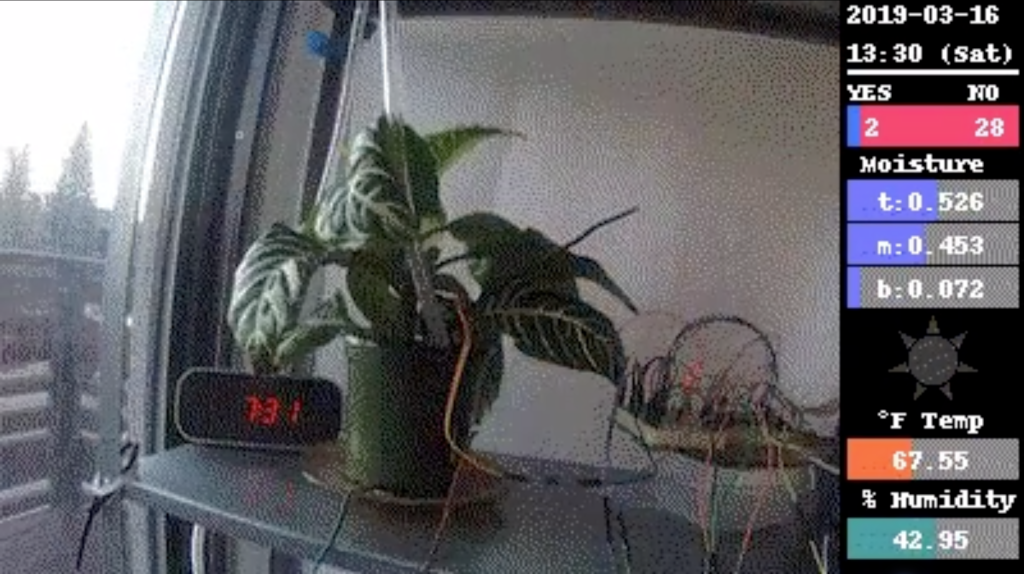
Take Care of My Plant
For my Approaches to Play class, I read the book Pervasive Games by Markus Montola, Jaakko Stenros and Annika Waeren. I found that the genre and its theoretical underpinnings were very relevant to my research project. In this blog post, I’ll summarize the relevant theoretical concepts behind pervasive games, and write about how they can apply to participatory internet art.
I’ve previously written about Johan Huizinga’s concept of the magic circle, the artificial boundary between game and life – specifically when discussing Mirror, my physical interactive performance from last term. For the authors, the blurring of this separation is part of what defines pervasive games, which “expand the contractual magic circle of play spatially, temporally, or socially.”
Pervasive games infiltrate into the players’ lives. Internet technology enables this by making games accessible at all times, and situating them in a variety of contexts. The authors cite Jane McGonigal’s concept of “infinite affordances: Players can use any property in their environment to conduct infinite variations of game moves.” The authors write how infinite affordances and unpredictable environment “produce emergent gameplay.” I discussed emergent disruptive possibilities of Internet games in my last post, including hacking and swatting.
Montola, Stenros, and Waeren also discuss player interaction and community. The book authors define an “online game community… as a group of people (players, spectators, and other kinds of participants) doing something together with a shared purpose.” This extends the definition beyond gaming to encompass the participatory experiences I’m researching. First, multiple players can band together online with “collective intelligence” to solve puzzles impossible for a single player. Furthermore, “any form of player-to-player interaction gives the interacting players a stronger feeling of player identification.” Finally, “being part of a game community extends the presence of the game outside play sessions.”
I’ve observed these principles in online communities outside of games. One of the examples I cited in my proposal was Take Care of My Plant, where a plant waters itself based on daily vote on a Reddit forum. The majority vote wins, so players discuss the plant’s appearance and humidity levels, as well as their own gardening knowledge, to convince other players to vote their way. Players have developed shared narratives around the plant, naming it Jeff and mourning it when it died. Because /r/takecareofmyplant is a subreddit within a larger site, the game can pervade as users browse other forums on Reddit. Because of Reddit’s algorithmic feed, I’ve had my browsing experience interrupted by the clarion call to water Jeff, and gotten pulled back into the community of remote gardeners.
References
Montola, Markus, Jaakko Stenros and Annika Waeren. Pervasive Games: Theory and Design. Boca Raton: CRC Press, 2009.